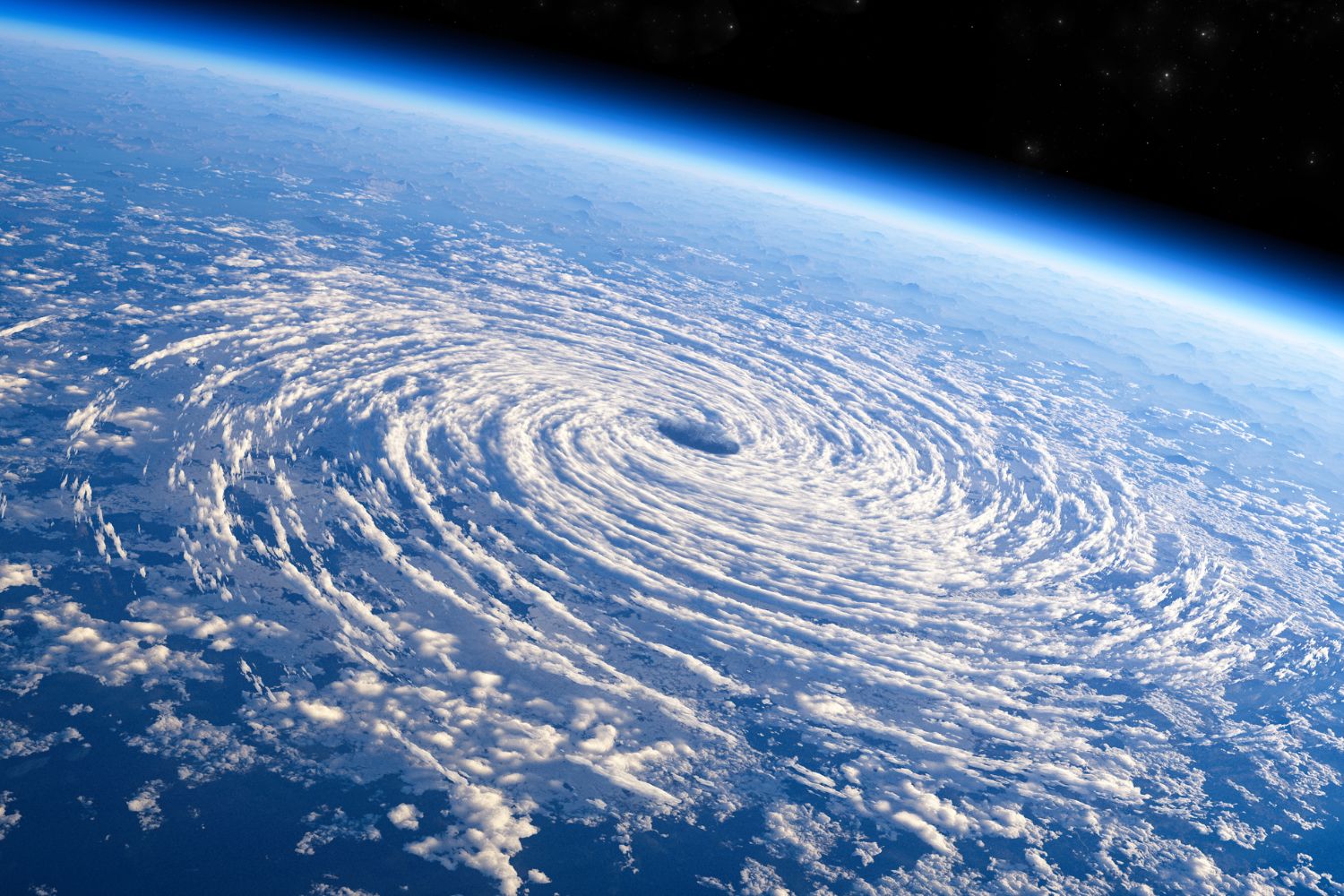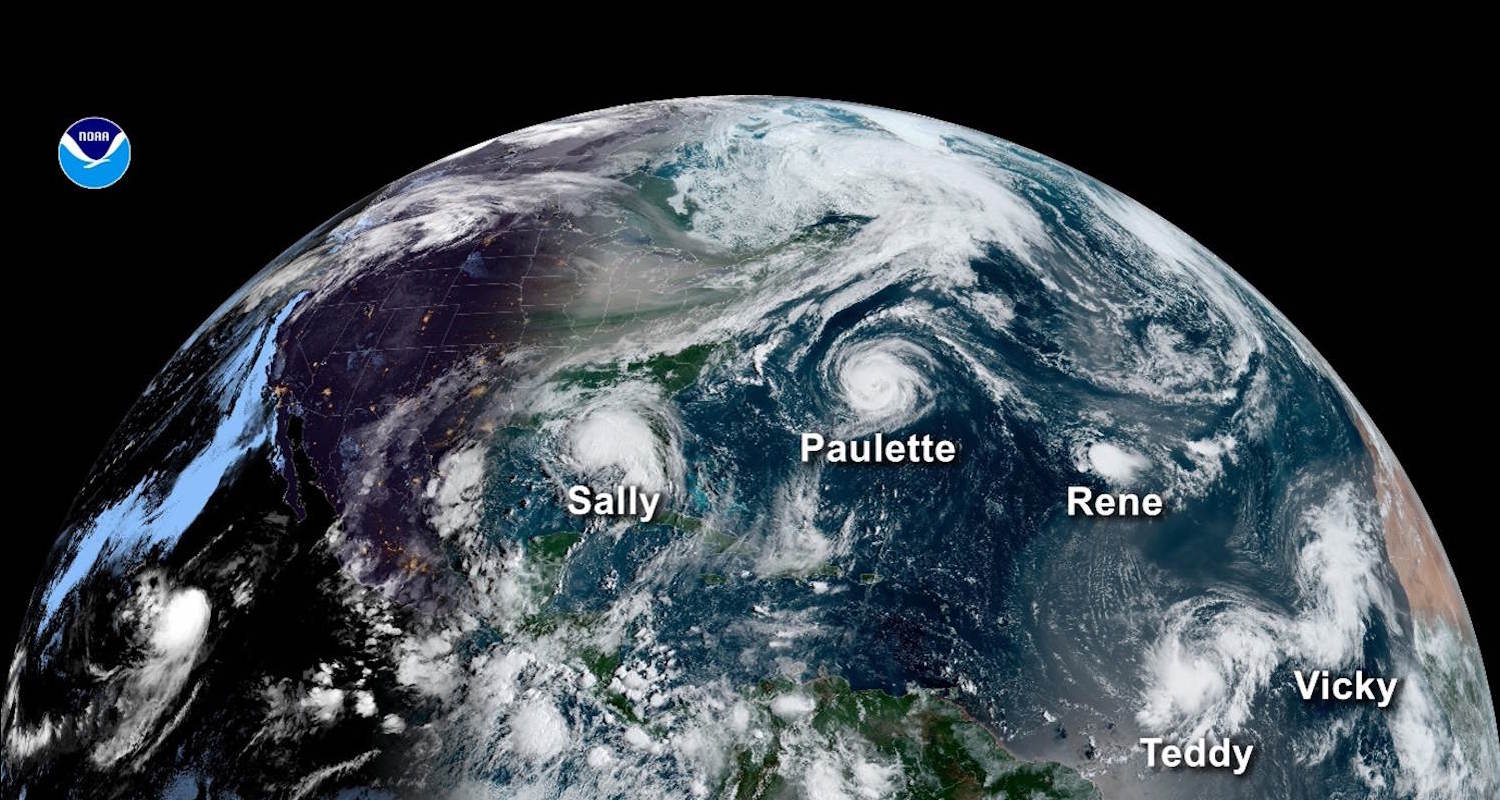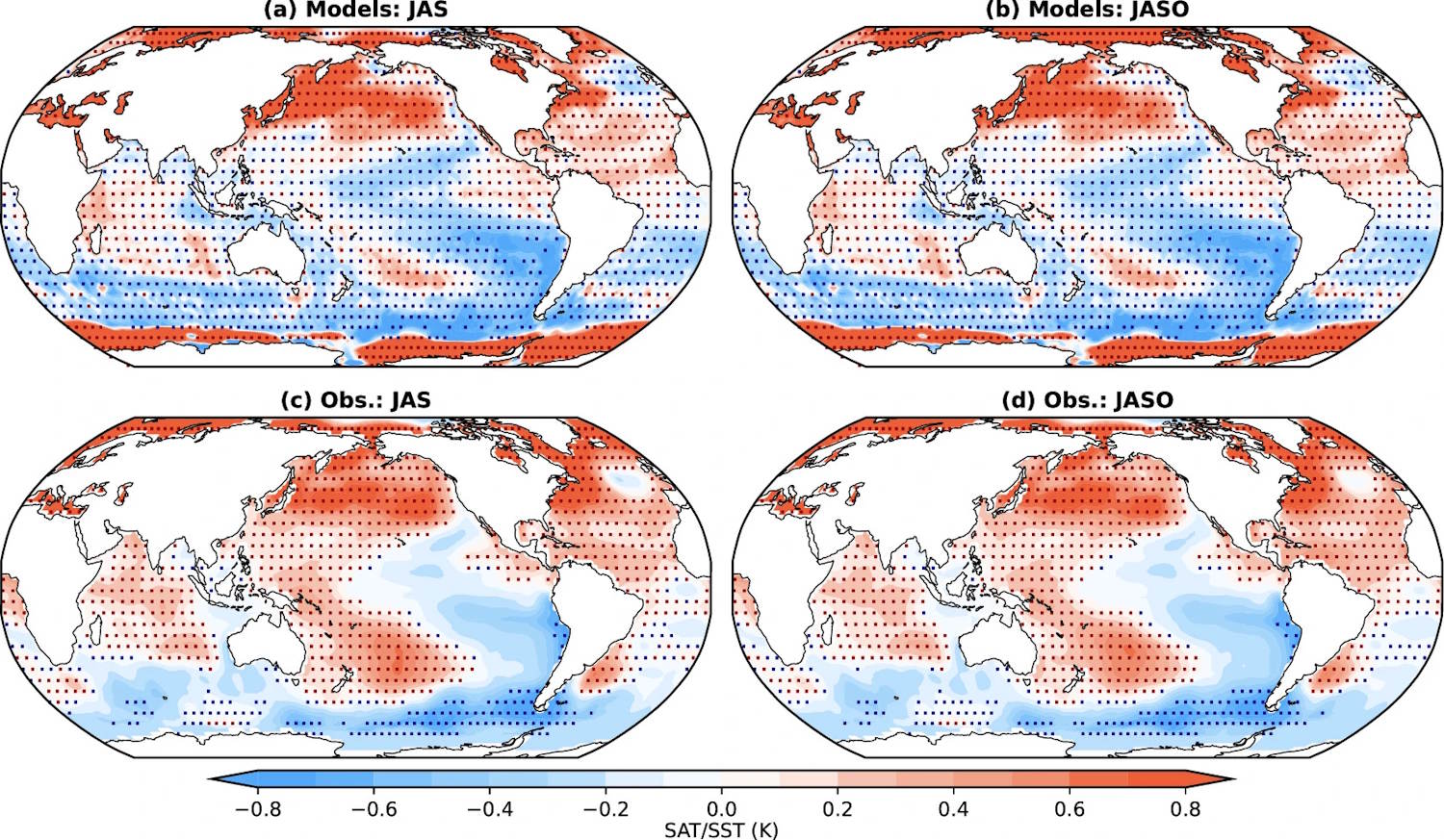A new Nature Climate Change study led by researchers including Dazhi Xi finds that clustered tropical cyclones are declining in the western North Pacific while rising sharply in the North Atlantic, driven largely by changes in storm frequency and a La Niña-like warming pattern.

@Canva
A new peer-reviewed study led by researchers at Fudan University and co-led by Professor Dazhi Xi of The University of Hong Kong finds that the hotspots of clustered tropical cyclones—storms that form in quick succession in the same ocean basin—have been migrating. Once concentrated in the western North Pacific, these clustered events are becoming less frequent there and more common in the North Atlantic, raising the odds that the U.S. East Coast and the Caribbean will face back-to-back storms more often. (Nature)

Active tropical systems in the Atlantic basin ©NOAA via University of Hong Kong
Tropical systems active in the Atlantic basin. ©NOAA via The University of Hong Kong. (hku.hk)
What the study found

©Nature Climate Change
The paper shows a striking change: the North Atlantic’s probability of hosting cyclone clusters has risen dramatically in recent decades. The authors quantify this shift using a probabilistic baseline and find that the North Atlantic’s chance of hosting clustered events jumped from roughly 1.4% (±0.4%) to about 14.3% (±1.2%) over the last 46 years — a near tenfold increase. That is not a tiny statistical quirk; it’s the sort of change that can reshape which coastlines are most at risk. (Nature)
Historically, tropical cyclones rarely arrive in isolation: only about 40% of storms appear alone, meaning the majority come in pairs or groups. That matters because recovery windows between storms can be vanishingly small. A concrete illustration: in September 2024, Typhoon Bebinca and Tropical Storm Pulasan struck the Shanghai area within three days of each other, disrupting infrastructure before full recovery could begin. (hku.hk)
How the researchers tested it
The team did something tidy and careful: they constructed a probabilistic model that treats storms as independently occurring events based on three simple ingredients — how often storms form, how long they last, and when they occur during the season — and used that baseline to spot departures that hint at physical linkage between storms. As Professor Xi put it: “We wanted to understand whether these clustering patterns are simply coincidental or whether something deeper is going on.” (hku.hk)
They went on:
“We developed a probabilistic framework to investigate whether the observed changes in cyclone clusters could be explained by random factors alone. If clusters simply form by chance, their occurrence should depend only on how often storms form, how long they last, and when they occur during the season. So, we built a model based on these three factors to simulate storm clusters over the recent decade, giving us a baseline to compare against actual observations.”
That baseline revealed two things. First, changes in storm frequency are the dominant driver of the shifting cluster hotspot. Second, other elements — storm duration and timing — play smaller, supporting roles. (hku.hk, Nature)
There are exceptions to the simple random model. In some years, the model underestimates the observed number of clusters; the authors link those mismatches to increases in synoptic-scale wave activity (train-like atmospheric disturbances that can seed multiple storms). The pattern that seems to tie the whole story together is a La Niña-like warming pattern: the eastern Pacific warming more slowly than the western Pacific, a configuration that both shifts storm frequency and alters the atmospheric waves that help storms form. (Nature)
Why it matters
This is not just academic bookkeeping. When storms arrive in quick succession they produce compound hazards: saturated soils, weakened levees and utilities, and emergency systems already stretched thin. The paper even notes historical operational failures when multiple storms hit in close sequence — a sobering reminder that logistics and recovery capacity are finite. In short, clustered storms magnify damage not merely by adding wind and rain, but by denying communities the breathing room needed to rebuild. (Nature)
What should change
The authors and the University of Hong Kong press materials land on a practical set of priorities: strengthen coastal infrastructure, upgrade drainage systems, harden the power grid, and make water-supply networks more resilient. Emergency response organizations must also plan for rapid successive strikes — prepositioning supplies, rotating specialized crews, and rethinking mutual-aid protocols that assume a single big storm rather than a string of them. Those are the kinds of policy and engineering changes that can materially reduce loss when the next cluster arrives. (hku.hk)
A small caveat and an open question
The study is robust across multiple observational records and high-resolution model experiments, but the authors are candid about one open issue: the origin of the La Niña-like pattern itself — whether it is primarily internally generated variability or externally forced by anthropogenic warming — remains uncertain and worth further research. That nuance matters, because the answer influences how permanent or changeable this cluster-hotspot shift will be. (Nature)
Sources: Università di Hong Kong / Nature Climate Change
